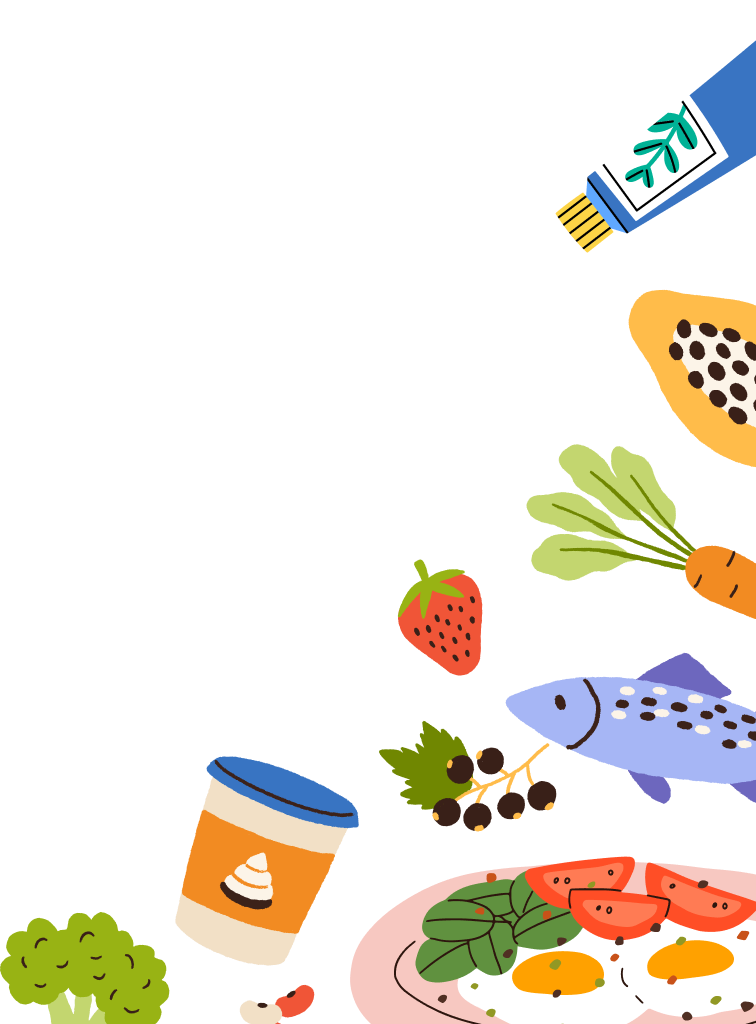Say Cheese! Low FODMAP Options for Sensitive Stomachs
When lactose makes you cut the cheese, it leads you to cut out the cheese. What if I told you there is a way to incorporate certain cheeses into the diet without upsetting your gut? I bet it would put a big cheesy grin on your face!
Understanding FODMAPs and Lactose Intolerance: The Cheese Connection
FODMAP stands for Fermentable Oligosaccharides, Disaccharides, Monosaccharides, and Polyols. These carbohydrates are not digested in the small intestine, but rather are broken down by bacteria in the large intestine. This can cause digestive issues for some individuals, especially those with irritable bowel syndrome (IBS).
Lactose is the carbohydrate found in dairy products, including cheese. It falls into the disaccharide category of FODMAPs. People who have difficulty digesting lactose are considered lactose intolerant. Amazingly, lactose intolerance affects about 68% of the world’s population. Symptoms can include bloating, gas, stomach cramping, and diarrhea.
Not all cheeses have equivalent lactose content. Cheese is formed by taking milk and separating it into curds (the solid part) and whey (the liquid part). Most of the lactose is in the whey, and different types of cheese will have varying amounts of whey. Some cheeses are then ready for consumption quickly, whereas others are aged. As cheese ages, it is fermented. Fermentation breaks down the lactose and turns it into lactic acid, lowering the amount of lactose over time. This explains why many aged cheeses will be more FODMAP-friendly.
The Low FODMAP Cheese List: Safe and Delicious Options
Aged & Hard Cheeses: Cheddar, Parmesan, Swiss, and More
The longer a cheese is aged, the less lactose it will have. You can commonly find aged cheddar, Parmesan, Swiss, Asiago, and Gouda varieties. Some product labels will even tell you how long a cheese was aged for, allowing you to choose the “oldest” product.
Softer Cheeses in Moderation: Brie, Camembert, Feta, Goat Cheese
Softer cheeses like brie and camembert are typically aged about 4-6 weeks. While this does allow for some of the lactose to turn to lactic acid, it is not long enough for full conversion. Feta and goat’s cheese are made with sheep and goat’s milk as opposed to cow’s milk. These types of milk naturally have lower lactose content, but are not free of lactose. Consume these in moderation depending on your tolerance level. Start with a half serving to test out your body’s response.
Lactose-Free Alternatives: Finding Dairy Without the FODMAPs
If aged hard cheeses have less lactose, it is safe to surmise that most soft, fresh cheeses contain more lactose. Fresh mozzarella, cottage cheese, ricotta, sharp cheddar, and American cheese are some of the offenders. Luckily, many companies are offering lactose-free versions of these products. Look for the label to say “lactose-free”, and consider trying it in a half portion before eating a full portion, to ensure your GI system tolerates it.
The Nutrition Facts Label: A Low FODMAP Diet’s Friend
The nutrition facts label is a helpful tool to make sure your gut is happy with your food choices. When it comes to FODMAP-friendly cheese, there are two key components.
1. Total sugar: If you are still uncertain if a cheese will be low in lactose and safe to enjoy, check the total sugar content. At the end of the day, lactose is a type of sugar. The lower the sugar content, the lower the lactose.
2. Serving size: Like all foods, too much of a good thing can be a bad thing. While you are checking the sugar content on the nutrition facts label, go ahead and check out the serving size. This can help guide your portions, especially if the cheese does contain some lactose.
On a Low FODMAP diet, you may need to kick some cheese to the curd! If you think you automatically have to get rid of all dairy in the diet due to lactose intolerance, I disa-brie. Familiarize yourself with the lactose content of the various options and enjoy!
1. National Institute of Diabetes and Digestive and Kidney Diseases. (n.d.). Lactose intolerance: Definition & facts. https://www.niddk.nih.gov/health-information/digestive-diseases/lactose-intolerance/definition-facts






















Comments
Join The Conversation...